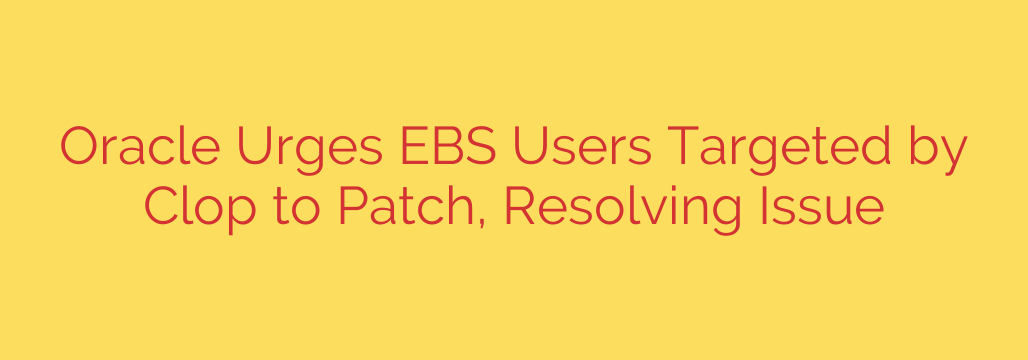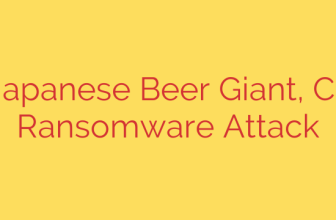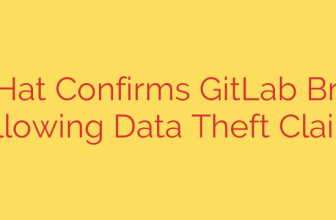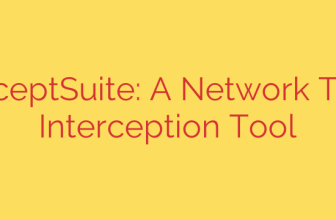
Protect Your Oracle EBS Now: Critical Patch Released for Clop Ransomware Threat
A critical security vulnerability in Oracle’s E-Business Suite (EBS) is being actively exploited in the wild by the notorious Clop ransomware gang, prompting an urgent call for administrators to apply security patches immediately. The vulnerability, if left unaddressed, could allow attackers to steal sensitive data and potentially gain complete control over affected systems.
This threat targets a specific flaw within the Oracle Web Applications Desktop Integrator module of the E-Business Suite. Understanding the risk and taking swift, decisive action is essential to protect your organization’s critical business data and infrastructure.
The Core Vulnerability: CVE-2022-21587
The security flaw, tracked as CVE-2022-21587, carries a high-severity CVSS score of 9.8 out of 10. This near-perfect score highlights the extreme danger it poses. The vulnerability allows an unauthenticated remote attacker with network access to compromise the EBS environment.
Key risks associated with this vulnerability include:
- Data Theft: Attackers can exfiltrate confidential financial, customer, and operational data.
- System Takeover: Successful exploitation can lead to a complete takeover of the targeted Oracle EBS component.
- Lateral Movement: Once inside, attackers can move across your network to compromise other critical systems.
The component at risk, the Web Applications Desktop Integrator, is a tool used to bring data from Oracle E-Business Suite into desktop applications like Microsoft Excel. Its widespread use makes this a particularly attractive target for cybercriminals.
The Attacker: Who is the Clop Ransomware Gang?
The threat is not theoretical. The Clop ransomware group, a well-known and highly active cybercriminal organization, has been identified as the primary actor exploiting this flaw. Clop is infamous for its “double extortion” tactics, where they not only encrypt a victim’s files but also steal sensitive data and threaten to leak it publicly if the ransom is not paid.
This group has a history of targeting high-value enterprise software vulnerabilities to breach major corporations. Their involvement elevates the urgency of this situation from a standard patching requirement to a critical security incident in the making.
How to Protect Your Systems: Actionable Security Steps
Oracle released a patch for CVE-2022-21587 as part of its Critical Patch Update in July 2022. However, many organizations have yet to apply it, leaving them exposed. If you are running Oracle E-Business Suite, immediate action is required.
1. Patch Immediately
The single most effective defense is to apply the security patch released by Oracle. Do not delay this process. Prioritize the deployment of this update across all of your Oracle E-Business Suite environments.
2. Verify Patch Installation
After deployment, confirm that the patch has been installed correctly and is functioning as intended. Simple deployment is not enough; verification is a crucial step to ensure the vulnerability has been closed.
3. Hunt for Malicious Activity
Since this vulnerability is being actively exploited, it is vital to scan your systems for Indicators of Compromise (IoCs). Look for any unusual network traffic, unauthorized user accounts, or suspicious file modifications related to the Web Applications Desktop Integrator. If a breach is suspected, activate your incident response plan immediately.
4. Restrict Access and Harden Systems
As a best practice, review who has access to the Oracle EBS modules. Enforce the principle of least privilege by ensuring that only users who absolutely require access to the Web Applications Desktop Integrator have it. If the module is not in use, consider disabling it entirely to reduce your attack surface.
The Bottom Line: The Risk is Real
The combination of a high-severity, remotely exploitable vulnerability and an aggressive ransomware gang actively targeting it creates a perfect storm for a devastating cyberattack. The threat of data theft, operational disruption, and public extortion is significant.
Waiting to patch is not an option. Administrators must assume they are being targeted and act swiftly to secure their Oracle E-Business Suite environments. By applying the official patch and proactively hunting for threats, you can protect your organization from becoming the next headline.
Source: https://go.theregister.com/feed/www.theregister.com/2025/10/03/oracle_ebs_clop_extortion/








